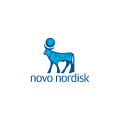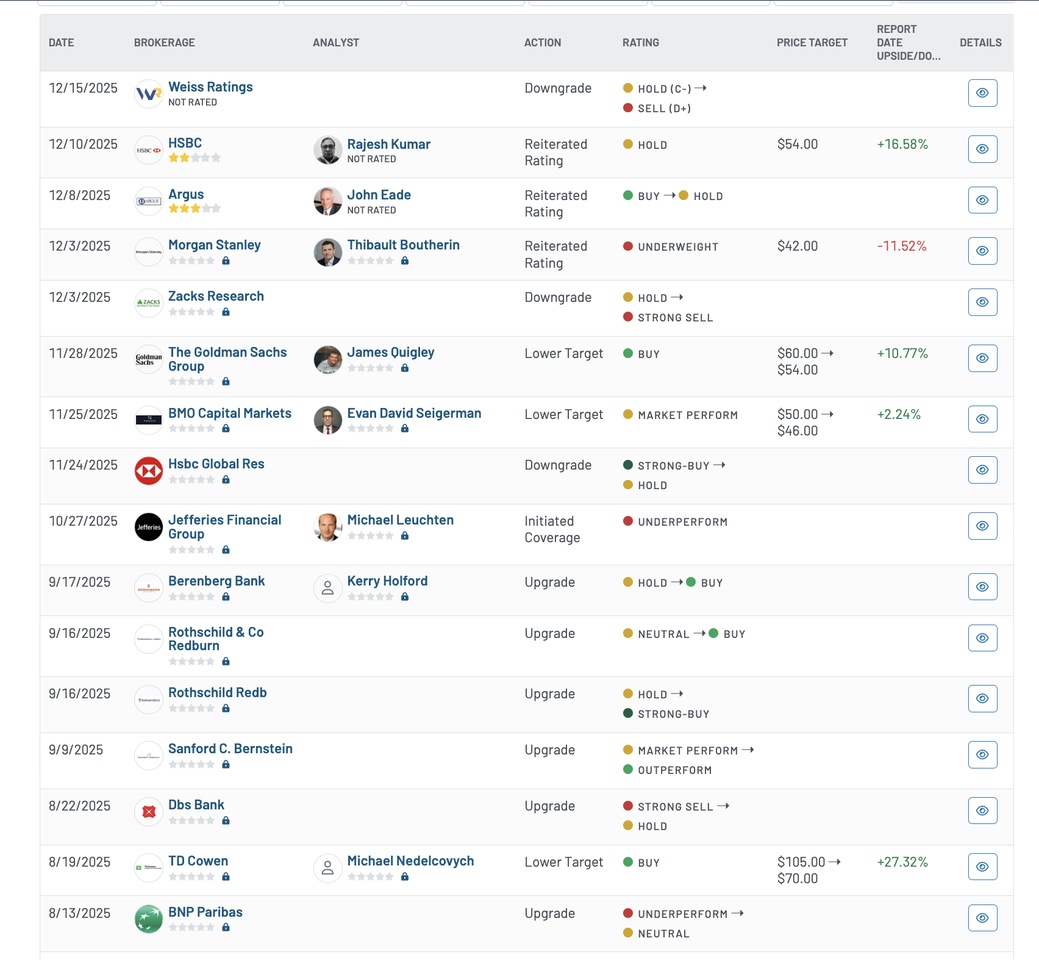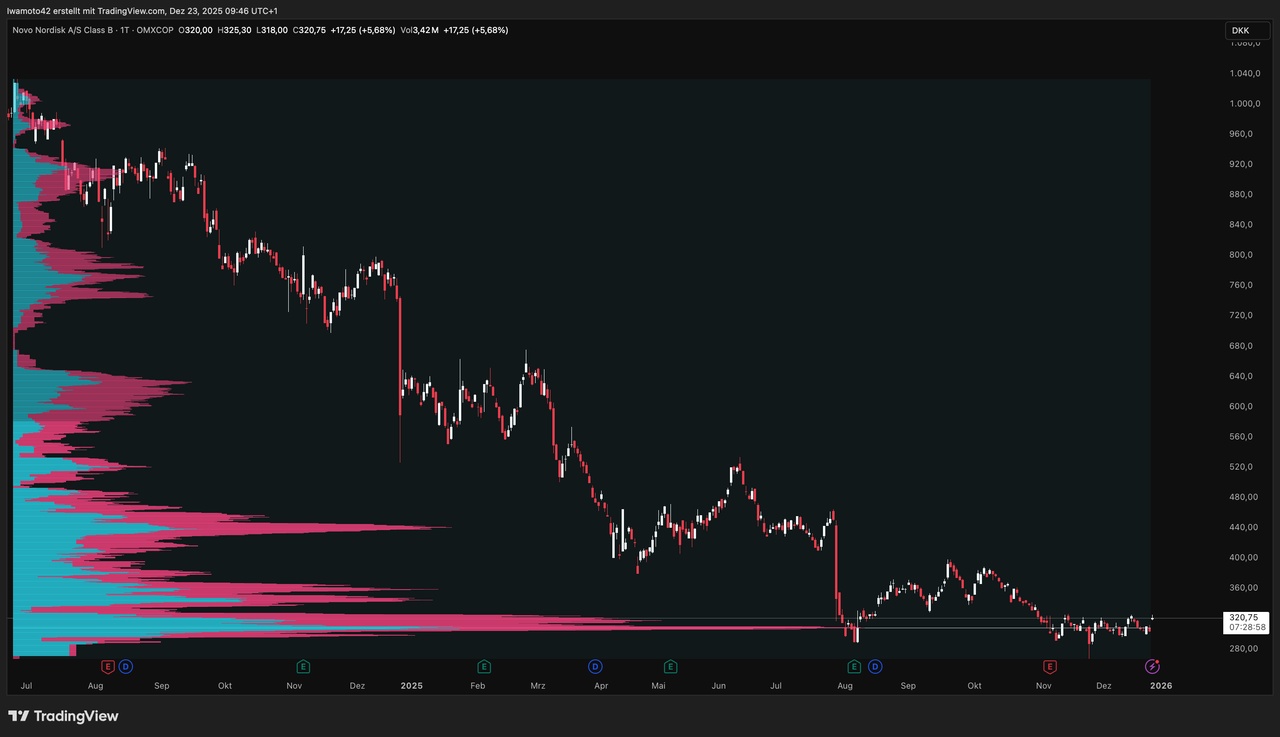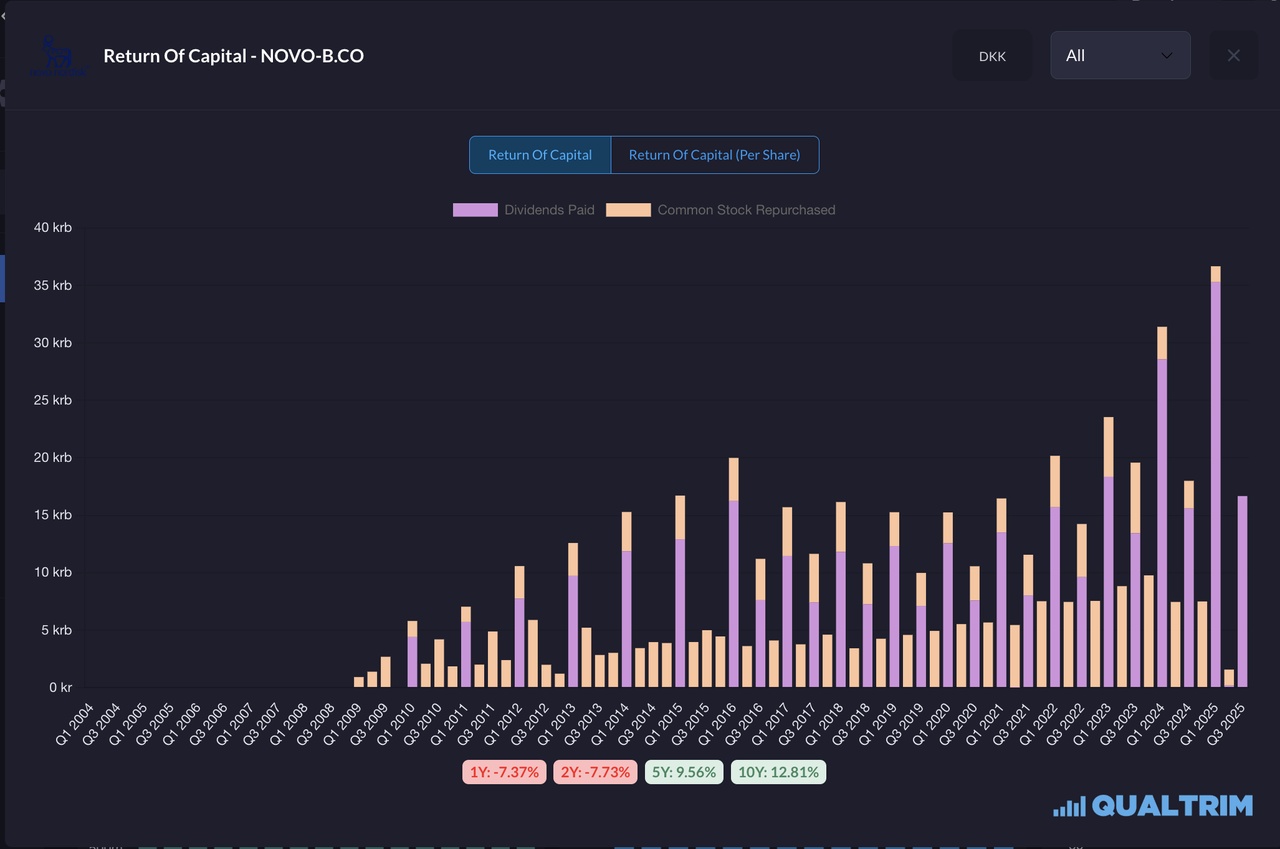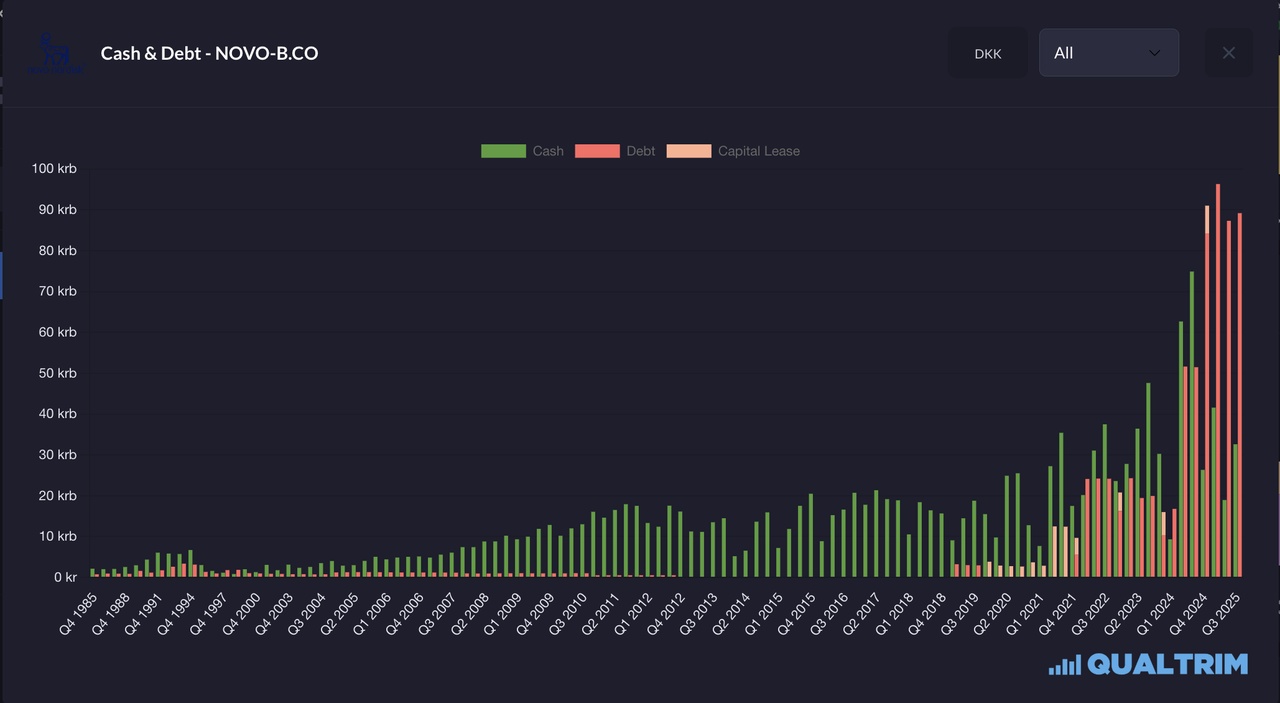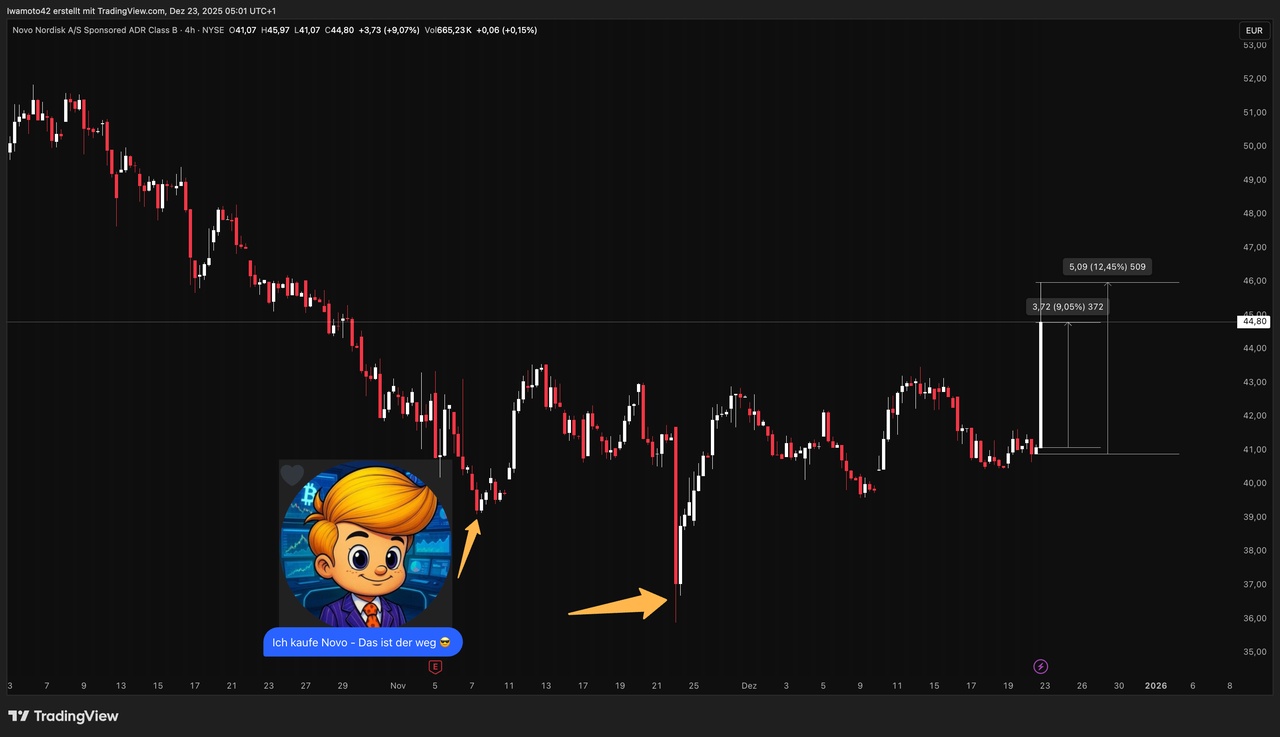Hi everyone,
I would really appreciate your opinion on my portfolio.
Briefly about me:
I am 38 years old and unfortunately only started my Trade Republic portfolio about 2 years ago. I have been investing regularly since then. I can currently invest around €350 per month - I work in a gym 🥲, and unfortunately you don't earn very well there, you could almost call it a pittance.
In addition, I have my Bitcoin and Altcoin portfolio on Bitvavo... I can't share it here, too many errors in the coins and you can still change it somehow. I then deleted the connection again.
I played soccer until I was 32 (including 3rd league, mostly 4th league for many years) and was able to save up some capital during this time, which I later invested.
My long-term core consists of:
$IWDA (+0,27%)
$EIMI (-0,11%)
$TDIV (+0,42%)
$BTC (-1,48%)
Dividend / cash flow portfolio
I also have a portfolio with a focus on cash flow, the aim is to hold around 15 stocks with a solid dividend yield and ideally dividend growth.
Currently included are:
$O (-0,94%) Realty Income
$RACE (-1,08%) Ferrari
$PEP (-2,21%) Pepsi
$MAIN (-0,39%) Main Street Capital
$NOVO B (+9,06%) Novo Nordisk
$ASML (+0,31%) ASML
$ITX (-0,2%) Inditex
$1211 (-1,05%) BYD
$ZTS (-0,46%) Zoetis
$BRO (-1,39%) Brown & Brown
$SBUX (-2,89%) Starbucks
$ITH (+3,25%) Ithaca Energy PLC
This brings my current total to 12 shares, so there is still room for one or two additions.
One of the stocks on my watchlist is Vonovia $VNA (+0,27%) with a dividend yield of just under 5%. However, the dividend growth doesn't look particularly good. As my wife will be starting work there soon, I've become more aware of the company for the first time ☺️
Other stocks on my watchlist:
Allianz
Vici
Linde
Microsoft
Waste Management
UnitedHealth Group
Mastercard
Visa
Texas Roadhouse
Nintendo
Enbridge
NextEra Energy
Wolters Kluwer (exciting sector, also corrected over 50% from ATH)
Amazon (for the yield/growth portfolio)
Maybe one or the other is missing $KO (-0,86%) or $MCD (-1,5%) but I had opted for $PEP (-2,21%) and $SBUX (-2,89%) and I don't want any more consumer stocks.
Pure growth portfolio
I also have a separate portfolio with a focus on share price growth:
$NVDA (+2,39%) Nvidia
$NKE (-0,39%) Nike
$MARA (-3,91%) Mara Holdings
$BITF (-1,51%) Bitfarms
$TTD (-0,92%) The Trade Desk
$CRCL (-6,24%) Circle Internet Group
$ADBE (-1,49%) Adobe
$COIN (-3,59%) Coinbase
$SMHN (-1,55%) Suess Microtec
$PYPL (-1,32%) PayPal
$HUT (+5,2%) Hat 8
$DRO (+2,76%) DroneShield
$LXS (-0,47%) Lanxess
$PLTR (-0,05%) Palantir
$WEED (-3,54%) Canopy
$UBI (-0,19%) Ubisoft
$MSTR (-4,27%) Strategy
I am aware that I have built up a lot of positions over the last two years. I am therefore also planning to sort out some of them and concentrate more on selected stocks.
I am grateful for any assessment, criticism, tips or suggestions.
Best regards
Chris
